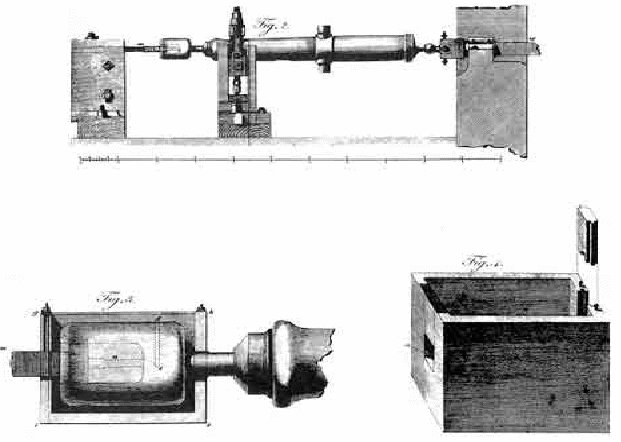The head of the armoury in Munich at the end of the 18th Century – later given the title Count Rumford - noticed what most cannon makers had known but ignored up to that point – during the boring of a brass cannon, large quantities of heat are produced. In order to investigate the phenomenon, he immersed a cannon in a wooden box filled with water, and set to work boring it. After about 2.5 hours, the water started to boil. Water boiling without fire was extremely strange to many people.

At that point the dominant theory of heat transfer was that heat was a fluid called caloric that. According to the theory, when a hot body cooled caloric flowed out of it and when a cool body warmed, caloric flowed into it. Count Rumford interpreted his observations as implying heat was caused by motion.
He failed to quantify the amount of heat produced by the boring process or the amount of heat needed to cause the water to boil however. Though he referred to the heat as having been generated by friction, there was no abstract concept of energy and Count Rumford did nothing to promote one. He referred to heat having been generated by friction but failed to grasp that work done against friction was used to heat the water.
